Tajikistan Transcendent
It may be years before I fully process my experiences in Tajikistan. The scale of the land, the richness of the flora and the ferocity of our travel schedule still boggles me. As I reminisce, the most extreme impressions are the first to flash across my mind: countless bands of jagged mountain peaks stretching across the horizon like brain coral, idyllic aquamarine rivers loaded with rock flour from ancient glaciers, endless colonies of spined cushion plants coating miles of bone-dry scree.
From August 24 to September 6, Associate Director & Curator of Steppe Collections Mike Bone and I traveled through Tajikistan with our colleagues from the Chicago Botanic Garden, Jess Goehler and Lindsey Muscavitch. We were on a seed-collecting expedition to expand the steppe and alpine collections of gardens in the Plant Collecting Collaborative (an alliance between North American gardens supporting important domestic and international collecting trips). Additionally, our goal was to facilitate exchanges of plant material, resources and education between our countries and botanical institutions. In Tajikistan, we primarily worked with Dr. Hikmat Hisoriev of the Institute of Botany, Plant Physiology and Genetics, National Academy of Sciences Tajikistan and Dr. Mario Boboev, director of Kulob Botanic Garden, who acted as our botanic guides and cultural emissaries.
Our explorations took us across much of the navigable country, from the northern lake preserve of Iskanderkul in the dramatic Fann Mountains to the eastern city of Murghob deep on the ancient Pamir Highway. Although our focus was primarily on steppe and alpine species, we explored and collected adventitiously along our route, which took us through breathtaking and often treacherous landscapes. Geographically and climatically speaking, Tajikistan is an incredibly diverse country. More than 93 percent of Tajikistan is mountainous, with the highest peaks reaching over 24,000 feet. These topographic extremes create quickly shifting ecoregions ranging from arid desert to polar tundra and subtropics to semi-arid steppes.
By the end of our trip, we had made 110 seed collections, representing 97 unique species. Following USDA-APHIS guidelines, we cleaned, inventoried, packaged and shipped our seeds directly to their ports of entry for inspection. This ensured that any pests or pathogens we might have missed during cleaning were detected. While most of the seeds will be grown at the Gardens for inclusion in our steppe and alpine plant collections, some will be cultivated by our Plant Collecting Collaborative partner gardens, and others will be saved in our seed herbarium for further research.
Gallery
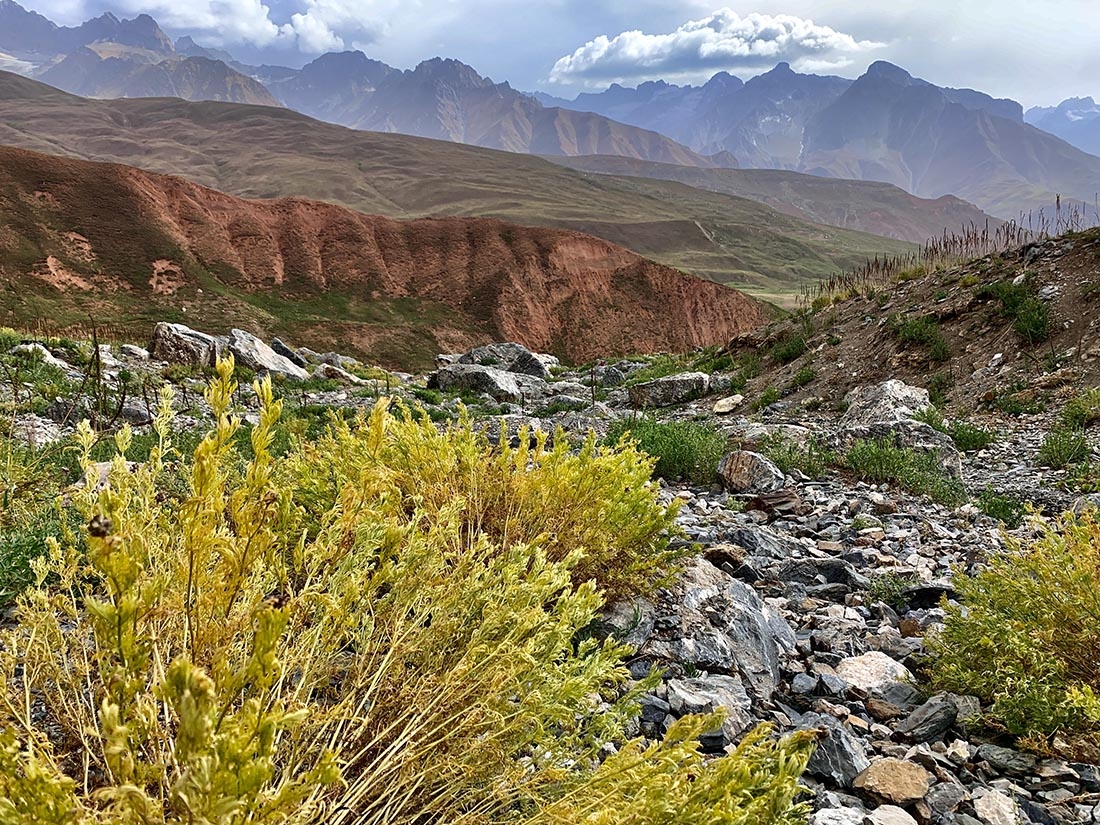
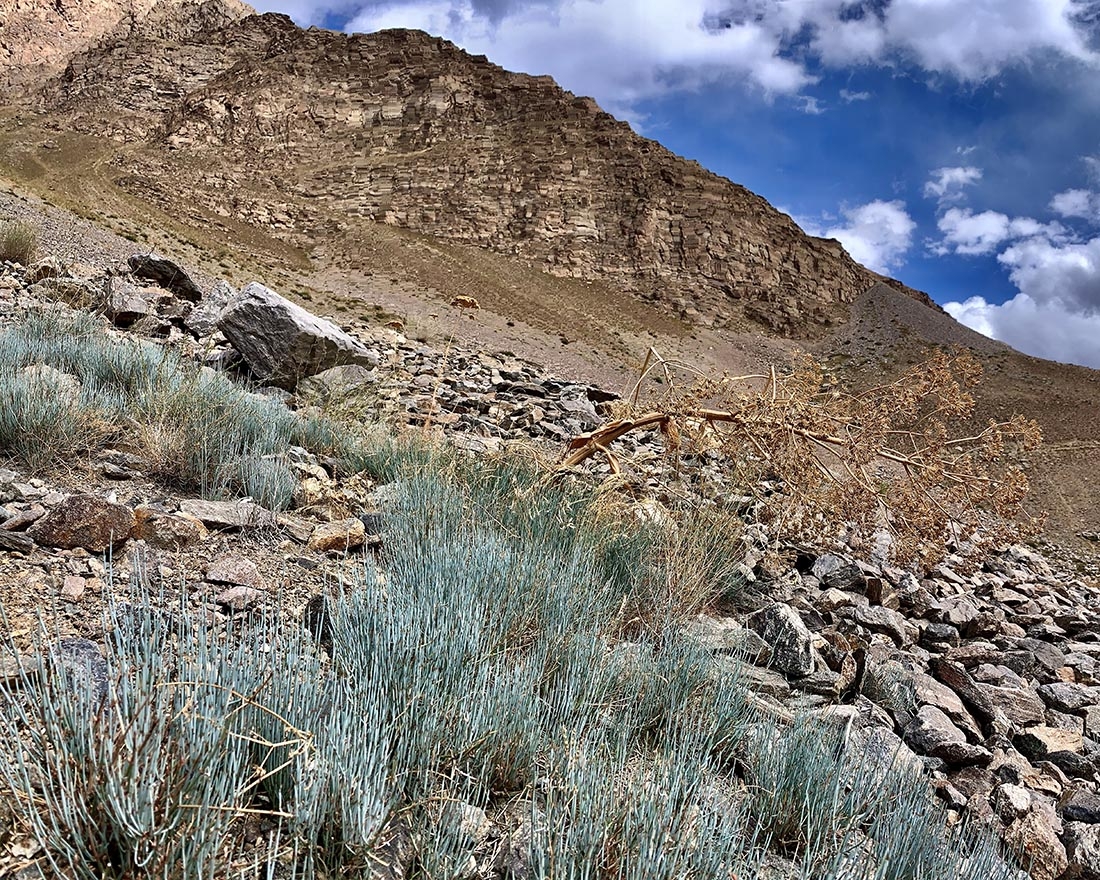
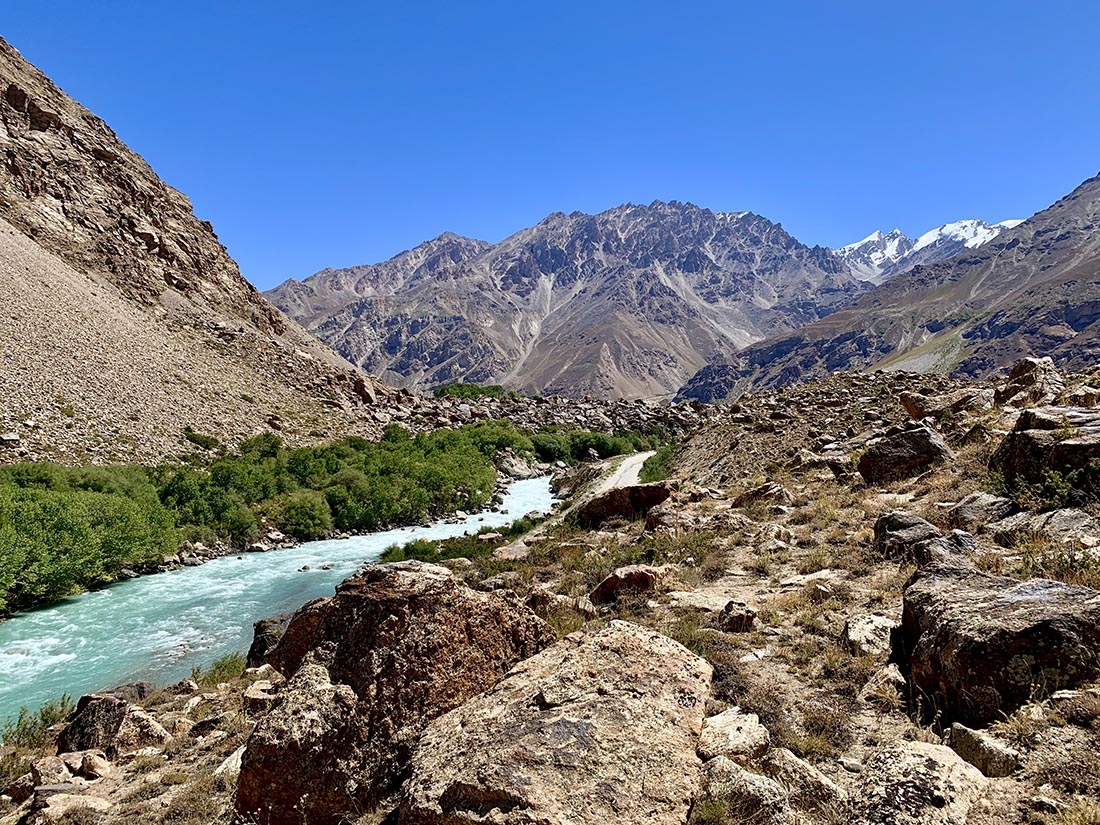

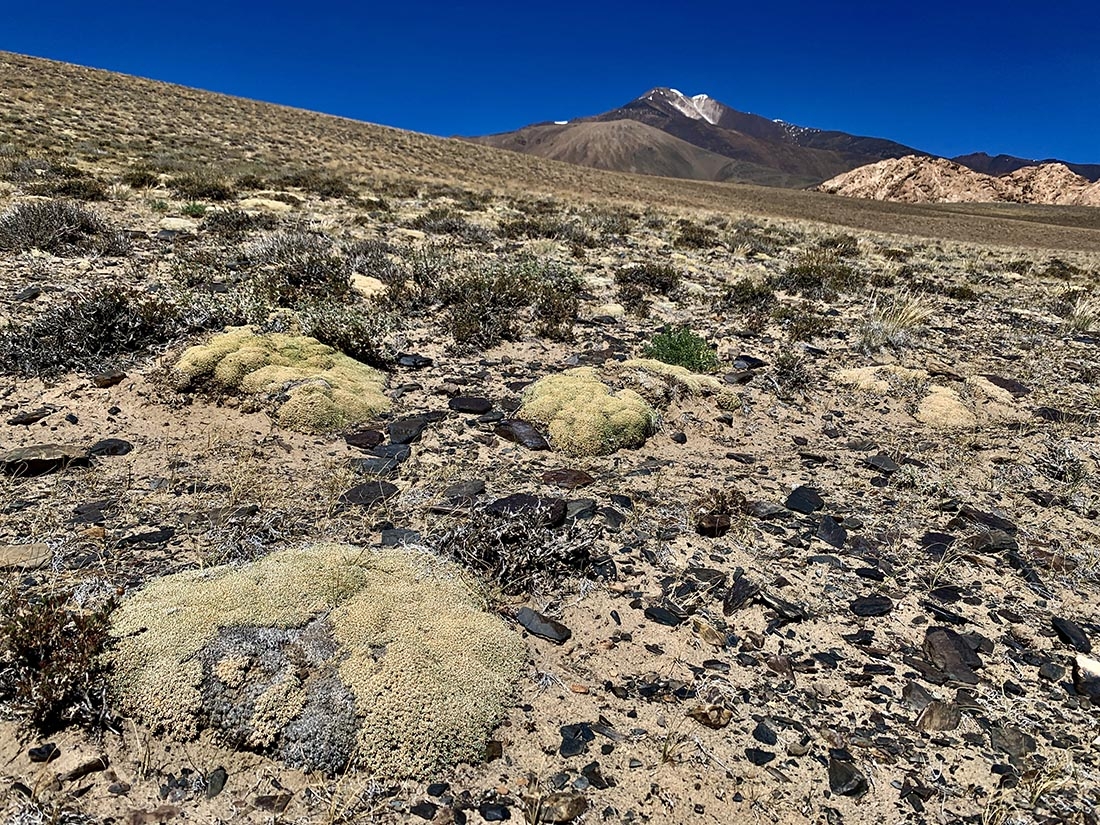
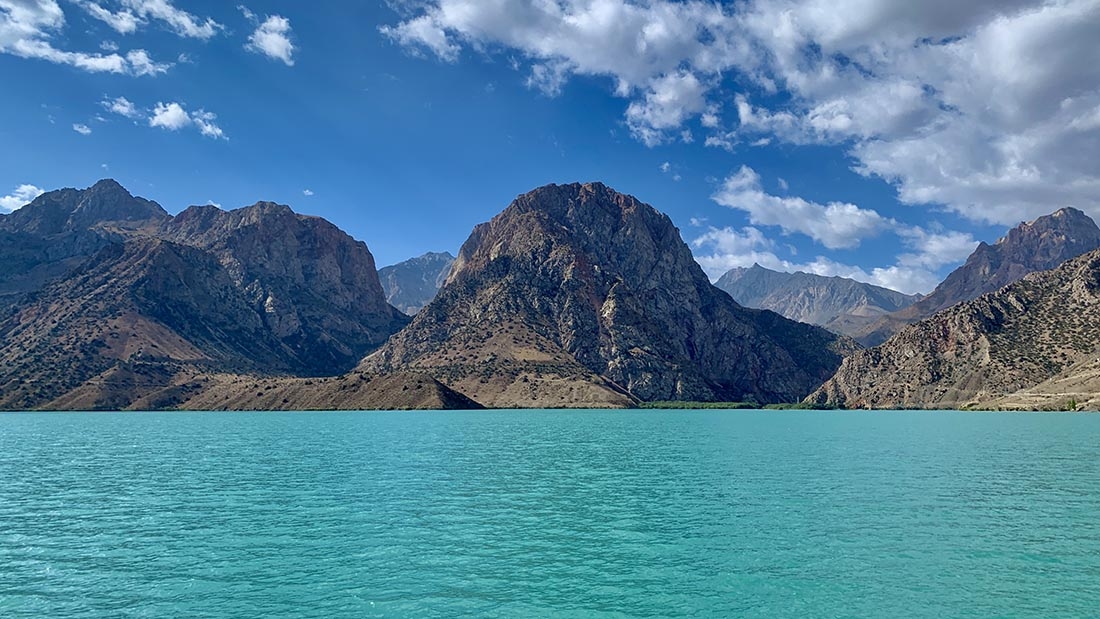
Add new comment